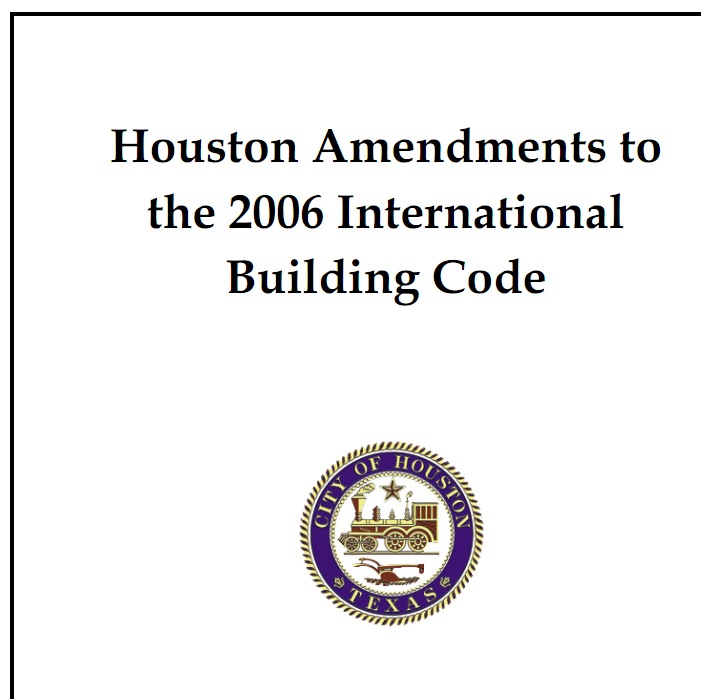
Texas, USA
Effective from 1 January 2011, the city of Houston adopted a series of amendments to its 2006 building code, including Appendix R Reuse of Materials intended to encourage the reuse of materials when possible and divert construction debris from landfills. The appendix is not mandatory, but specifies parameters of when materials are to be considered allowable for reuse while not compromising the integrity of the materials.
It states that the reuser should be vigilant regarding lead, asbestos, radon, PCBs, and other potentially harmful substances that are no longer allowed in buildings. Buildings built before 1978 may have used lead paint. Asbestos may be found in the insulation, fireproofing, floors, walls or roof. Newer buildings may have asbestos in the floors or roof. Any flourescent light fixtures manufactured prior to 1979 may contain PCBs; new capacitors should be labeled: 'No PCBs'.
The appendix defines 'good condition' as materials that have been visually inspected by the code official and that are determined to be fit for installation. Materials shall be in sufficient condition to reuse without potential harm to the health, safety, and welfare of the public. Materials shall not have any mold or water damage. Wood products shall not contain any holes other than wire or nail holes. Wood products shall not contain rot, splits, buckling, warpage or other deterioration that would prevent the material from functioning in its intended use. The condition shall be determined by the code official.
Appendix R also defines and allows for downcycling where appropriate. Irregular materials are materials that have been made by a manufacturer, but do not meet the exact specifications of the product and cannot be sold for their specific purpose. These materials can be downcycled, for example, an irregular paver meant for commercial use could be used for residential purposes.
The essence of the code is to easily allow reuse where material is not essential to structural integrity, but to require better proof where structural use is proposed. For example, brick and stone veneer or cladding may be reused for paving and flooring, and non-structural walls, but for structural reuse an engineer must review and stamp the plans.
The reuse of timber is allowed structurally provided it is a minimum 4ft long and installed one dimension higher than required. Columns, pillars and posts can be reused in their original capacity.
The reuse code covers concrete, asphalt, brick, stone, glass block, metals, wood, agrifiber, plastic, windows, doors, insulation, siding, roofing, ceiling tiles, carpet, drywall, cement board, hinges and hardware.
Reuse clauses of Houston amendments to 2006 International Building Code
City of Houston: Houston Amendments to the 2006 International Building Code
Story Type: News
